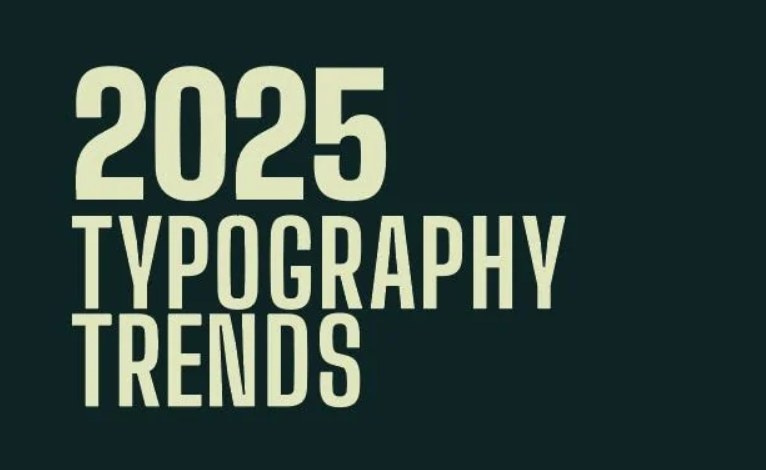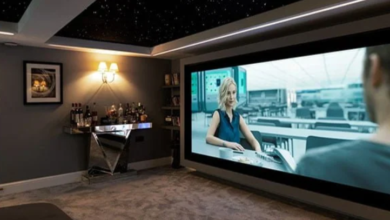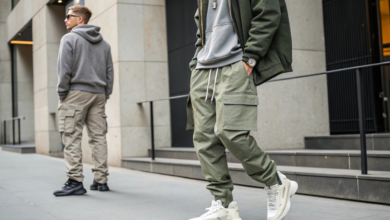Why Sans Font Dominate the Web Design Trends of 2025

Typography plays a major role in shaping digital experiences, and in 2025, sans serif fonts have taken the spotlight in web design. Their clean lines, modern feel, and excellent readability have made them the preferred choice for designers and brands around the world. As websites continue to evolve toward minimalism and mobile optimization, a sans font has become the visual language of clarity, accessibility, and modern identity.
The Rise of Minimalism and Clean Aesthetics
Over the past few years, web design has embraced simplicity. From flat layouts to soft color palettes, minimalism has reshaped how brands communicate online. Sans serif fonts naturally complement this aesthetic. Their lack of decorative strokes allows text to appear clean and straightforward, perfectly matching minimalist interfaces.
In 2025, users expect seamless navigation and uncluttered visuals. Sans fonts like TT Hoves, Helvetica Now, and Inter help designers achieve this by offering precision, geometric balance, and smooth readability. Whether on desktop or mobile, sans typefaces maintain consistency and elegance without overwhelming the screen.
See also: Complete Guide to Safe Heating Boiler Replacement for Homes
Enhanced Readability Across Devices
With millions of people accessing websites through smartphones and tablets, legibility is more important than ever. Sans serif fonts excel in this area because of their open letterforms and clear spacing. On small screens, serif details can blur or crowd text, but sans fonts stay sharp and legible even at smaller sizes.
Designers in 2025 prioritize typefaces that enhance user experience across platforms. Web-safe sans fonts like Roboto, Open Sans, and TT Norms Pro are now industry standards. These fonts ensure that every character is easy to read on any device or resolution, improving accessibility for all users.
Versatility in Branding and UI Design
One of the key reasons sans fonts dominate web design is their incredible versatility. They can adapt to virtually any tone—corporate, creative, futuristic, or casual. This flexibility allows brands to maintain consistency across their websites, apps, and marketing materials.
Modern sans fonts often come in extensive families with multiple weights, widths, and styles. Designers can use thin, elegant weights for luxury brands or bold versions for tech startups without changing the overall aesthetic. For example, TT Norms Pro offers a wide range of styles that work perfectly for both headlines and body text, ensuring harmony across an entire design system.
Alignment with Modern Brand Identities
Today’s brands aim to appear approachable, digital-first, and user-focused. Sans fonts naturally embody these qualities. They remove unnecessary decoration and convey confidence through simplicity. In 2025, many rebrands and web redesigns have shifted from classic serif logos to clean sans serif logotypes to signal innovation and adaptability.
Tech companies, e-commerce brands, and creative studios all favor sans fonts because they align with modern digital aesthetics. A typeface like TT Commons or Poppins projects openness and precision, giving websites a sleek and professional edge.
Performance and Accessibility Advantages
Typography also influences a website’s performance. Sans serif fonts, with their simpler structures, tend to load faster than heavy or decorative fonts. Faster load times lead to better SEO rankings and user retention—critical factors in web design success.
Accessibility is another major reason behind this trend. Sans fonts are easier to read for individuals with visual impairments or dyslexia because of their clear, consistent shapes. Designers in 2025 increasingly follow accessibility guidelines that recommend sans typefaces for digital environments.
Future-Proofing Digital Design
As technology evolves, design trends continue to favor clarity, adaptability, and speed. Sans fonts are perfectly suited for this digital future. They integrate seamlessly into responsive layouts, dynamic interfaces, and virtual reality environments. Even with emerging trends in motion typography and interactive design, sans fonts remain stable, legible, and stylish.
Looking ahead, variable sans fonts will become even more influential. These typefaces allow designers to adjust weight, width, and contrast dynamically within a single file, offering flexibility without sacrificing performance.
Conclusion
Sans serif fonts dominate the web design trends of 2025 because they embody the essence of modern digital communication—clarity, adaptability, and elegance. They fit perfectly within minimalist layouts, perform well across devices, and express brand identities with confidence. As web design continues to evolve, sans fonts like TT Norms Pro, TT Commons, and Inter will remain the cornerstone of clean, accessible, and future-ready digital experiences.




